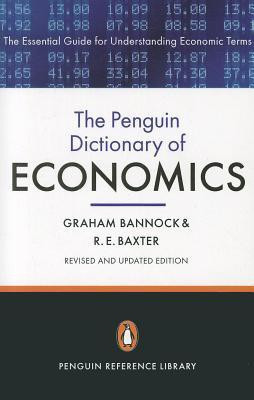All you need to know about RBI
RBI stands for Reserve Bank of India and was established in 1935.
Major functions of RBI are –
- Issues Bank note – Except the right to issue 1 Rupee notes, RBI has the sole right of issuing currency notes.
- Government’s Banker – RBI collect receipts of funds as well as makes payments on behalf of the Government. Also, RBI represents India as the member of IMF and the World Bank.
- The commercial banks keep their deposits with the RBI.
- RBI is the custodian of Foreign Currency Reserves of the country and hence can deal with unfavorable Balance of Payment positions.
- It lends money to commercial banks in a time of emergency although charges a higher rate of Interest.
- RBI control the credit as one of its important functions as supply of money in the economy has major implications for the economic stability of a country
- RBI also plays a developmental role for the country. Prior Sector lending such as agriculture, Micro and Small Enterprises, housing and education being some of the tools.
Monetary Policy – It is a part of economic policy which regulates the amount of money in the economy.
- Inflation – Monetary policy of RBI plays an important role in controlling Inflation.
- To achieve Price Stability – RBI has to maintain a near equilibrium between thee demand and supply of money. Excess of money leads to inflation whereas shortage stunts growth.
- Balance of Payment – Many countries have very high imports and stagnant exports. This leads to a deficit in BOP. Through a high rate of interest BOP can be narrowed as high rates will attract foreign investments.
- Creating and Expanding Financial Institutions – RBI through its monetary policy aims to improve the currency and credit system of the country. For this purpose, more banks and financial institutions are required to be established to provide credit facilities to sectors in need of investment.
The monetary policy which includes instruments such as repo rate, bank rate, Cash reserve ratio, Statutory Liquidity ratio et cetera have a direct impact on our day to day lives.
Various Instruments used by RBI –
The financial instruments used by RBI are divided in to Quantitative and Qualitative –
Quantitative measures –
- Bank Rate – The bank rate is the Official interest rate at which RBI rediscounts the approved bills held by commercial banks. For controlling the credit, inflation and money supply, RBI will increase the Bank Rate.
- Cash Reserve Ratio – Portion of total deposit in commercial banks which it has to keep with RBI as cash reserve.
- Statutory Liquidity Ratio – Portion of deposits with banks which they have to keep with themselves as liquid assets.
Qualitative measures –
- RBI can change the margin requirements for lending by commercial banks.
- Guidelines – Oral, Written statements and guidelines for commercial banks.
- Rationing of Credit – RBI can also control the amount of credit which a commercial bank can grant.
All these functions carried on by RBI are of vital importance for our country’s economy as RBI can tinker with many instruments in order to maintain a suitable environment for growth and development of the country.
Previous article http://mba.webmaggu.com/blog/2016/07/07/budget-2016-2/
| Economics (Indian Economics and Economic Theory) : Essential: | |
| Indian Economy for Civil Services Examination (English) 7th Edition by Ramesh Singh |  |
| An Evolution of Indian Economy by I.C. Dhingra |  |
| Economic Survey of India by Govt. of India |  |
| The Penguin Dictionary of Economics: Eighth Edition (English) |  |
| Economics (Indian Economics and Economic Theory) : Additional: | |
| Indian Economy by Datt & Sundharam |  |
| Indian Economy by Mishra and Puri | |
| Internet-Linked Dictionary of Economics (English) |  |
| Recommended Books from other sections | |













